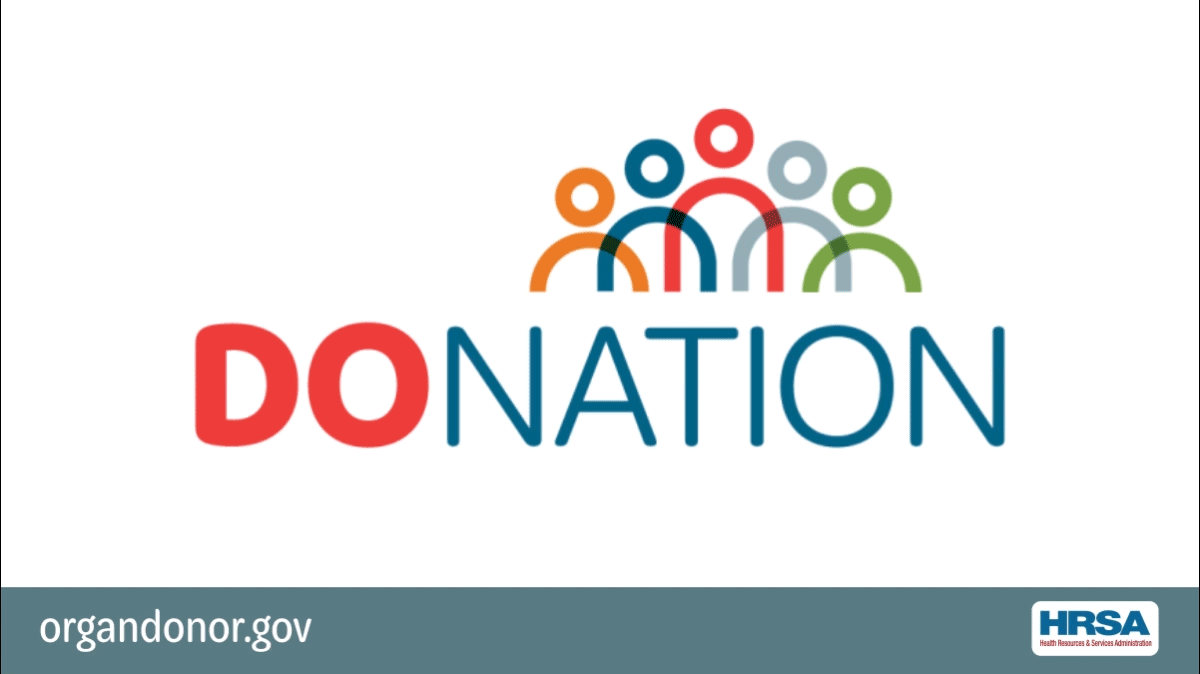We are seeing an increase with violence in the workplace, with a significant increase taking place in hospitals and health systems since the onset of the COVID-19 pandemic. Violence against health care employees is a public health crisis that affects us all, and it takes a concerted effort from a broad coalition in every community to create safety.
A movement is underway from policymakers, in addition to business and health care leadership to ensure safe work environments for all. In 2021, the American Hospital Associations (AHA) Hospitals Against Violence (HAV) advisory group created the Building a Safe Workplace and Community framework to guide health care leaders in their efforts to address violence. The framework emphasizes educating and protecting the workforce, while also acknowledging that community violence encroaches into the health care setting.
AHA recently published in their Trustee Services newsletter BoardroomBrief, information on how to build a safe workplace and community, and how Trustees can take part. Combating violence in the workforce impacts us all, as nurses and physicians cannot provide attentive care when they are afraid for their personal safety, distracted by disruptive patients, and visitors or traumatized from prior violent interactions. In addition, violent interactions at health care facilities tie up valuable resources and can delay urgently needed care for other patients. Governing boards have the opportunity to work with hospital and health system leadership, community stakeholders, local and state officials, and patients to break the cycle of violence.
Boards are encouraged to ensure there is an organizational strategy to keep their hospital and health system free of violence. Awareness, commitment and action from executive management and the board communicates to the workforce that they are valued and that their safety is a priority. To view the full version of BoardroomBrief, click here.
IN SOUTH DAKOTA:
State Policy makers addressed the issue of workplace violence during the 2018 South Dakota Legislative session in the form of House Bill 1293. The bill, now law increases the penalty for certain assaults committed against certain professionals while engaged in the performance of their duties. This new law added three new professionals, which are firefighters, ambulance service or health care facility personnel. As outlined in the signed bill, simple assault will now be a class 6 felony and aggravated assault will be a class 2 felony if committed against any healthcare facility personnel while the personnel were engaging in patient care.
This past spring, the South Dakota Association of Healthcare Organizations (SDAHO) hosted the webinar: Workplace Violence Prevention and Response Strategies, presented by Ron Camacho, Owner, Camacho Consulting. Ron Camacho is an accomplished law enforcement executive with 27 years of experience and currently serves as the Chief of the Chambersburg Police Department. Members can still access this webinar to help with efforts to combat violence in the workplace, click here.
On June 2, 2023, South Dakota health care systems along with SDAHO, participated in #HAVhope Friday. Hospitals Against Violence (#HAVHope) is a National Day of Awareness to highlight how America’s hospitals and health systems combat violence in their workplaces and communities. To learn more about Hospitals Against Violence (HAV), including resources to help combat violence in the workforce, click here.




